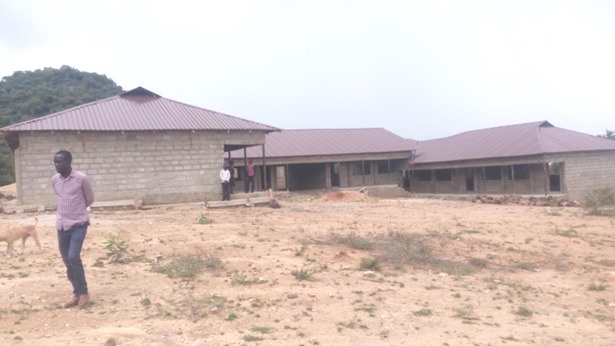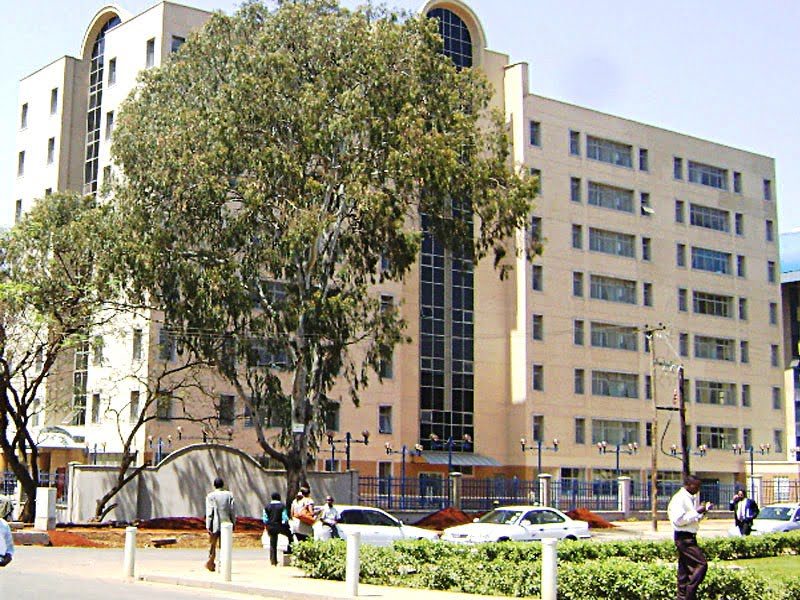With the introduction of the Free Primary Education policy in 2003, the major aim was to enhance the enrolment of all school-age learners in Kenya.
The right to education is clearly anchored in Article 43(1) of the 2010 Constitution of Kenya.
Specifically, education-related rights of a child are stipulated in Article 53(1), which states that a child has a right to free and compulsory basic education.
Kenya has made tremendous progress towards increasing access to education due to free primary and secondary education. Despite the overall improvement in access, there are vulnerable children facing challenges in accessing quality education due to insecurity and cattle rustling.
The persistent cross-border conflicts over control of resources and access to pasture and water among pastoral communities living in the North Rift region of Kenya have led to the establishment of the Peace Border Schools Initiative by the County Government of West Pokot.
This initiative is aimed at promoting the peaceful coexistence of communities living along the borders of Turkana, Marakwet, and Trans Nzoia Counties and the Republic of Uganda.
READ ALSO:
Communities living along the borders are collaborating with the County Government by providing labour and building materials to construct classrooms.
Some of the Peace Border School Projects include: Sapulmoi, Nauyapong, Apuke, Sarmach, Kamelei, Katikomor, Kanyerus and Akulo located along the border.
Currently, the County Government of West Pokot is constructing Katikomor, Kanyerus and Akulo schools.
The project involves the construction of eight classrooms, an administration block, toilets and two dormitories.
The lesson learnt in this initiative is that the local communities were willing to work with the County Government of West Pokot to bring unity and peace among the different communities living in the border areas.
With learners sharing the same dormitories and classes, parents and teachers had to come together during meetings and agree on a way forward on matters of education. The communities embraced the beauty in diversity.
The sustainability of the projects entirely depends on Monitoring, which is an ongoing process, and achievement of the results will be tracked through quarterly implementation and financial reports.
In conclusion, counties experiencing community conflicts might want to replicate the peace border schools’ initiative, which has worked well in West Pokot County.
In addition, building the schools requires a lot of resources that can be sourced through a multi-stakeholder approach.
Counties should embrace partnerships with development partners, local community organisations, and the private sector.
By Martin Ruto
>>> Click here to stay up-to-date with trending regional stories
>>> Click here to read more informed opinions on the country’s education landscape
>>> Click here to stay ahead with the latest national news.






